Dead ransomware
Uninstall Dead ransomware from Internet Explorer : Clear Away Dead ransomware
Error caused by Dead ransomware 0x80246002 WU_E_DM_INCORRECTFILEHASH A download manager operation could not be completed because the file digest was not recognized., Error 0xC1900202 - 0x20008, 0x8024A005 WU_E_AU_NO_REGISTERED_SERVICE No unmanaged service is registered with AU., 0x8024400F WU_E_PT_WMI_ERROR There was an unspecified Windows Management Instrumentation (WMI) error., 0x80244029 WU_E_PT_INVALID_CONFIG_PROP A configuration property value was wrong., 0x8024600B WU_E_DM_CONTENTCHANGED A download must be restarted because the update content changed in a new revision., 0x00000045, 0xf0901 CBS_E_MANIFEST_VALIDATION_MULTIPLE_UPDATE_COMPONENT_ON_SAME_FAMILY_NOT_ALLOWED In a given package, only oneSafely Uninstall Dead ransomware From Infected OS
Dead ransomware is a harmful program which is reported to infect number of OS. Like other OS infection, it also intrude silently in its targeted OS. It is difficult to detect its existence because the threat run all its malicious process in the background of OS. The first thing this threat do after invasion is to modify OS settings. Through this way it get the persistence to execute its malicious services freely. Most of the user don't know how this threat come in their OS because it comes via tricky ways like bundled with software, spam email, infected site etc. This nasty program not let you do any activity properly even you can't surf Internet properly. In addition, it is also reported for bringing other malware which badly damage the OS. Presence of this threat also put your privacy on risk. So if you don't want to suffer these issue then Uninstall Dead ransomware now.
Method 1 : Start Your OS In Safe Mode With Networking
Method 2 : Deleting Dead ransomware From Control Panel
Method 3 : Deleting Dead ransomware From Registry Editor
Method 4 : Block Related Process To Dead ransomware From Task Manager
Method 5 : Deleting Dead ransomware From Firefox
Method 1 : Start Your OS In Safe Mode With Networking
For Windows XP/Vista/7
- Open the 'Start' menu > click on 'Restart' option.
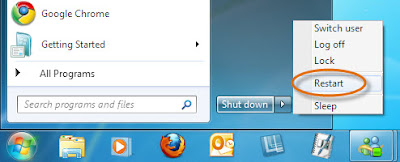
- Continue pressing 'F8' button when the OS start booting.
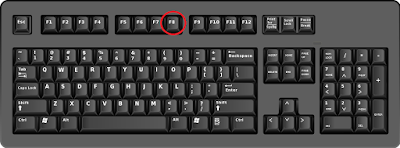
- It will open 'Advance boot menu' on the screen.

- Now choose 'Safe Mode With Networking' > press Enter.

For Windows 8/10
- Go to 'Start' menu and click on 'Restart' button by holding shift button.

- From the opened window, Select 'Troubleshoot' option.

- After that click on 'Advanced' Options.
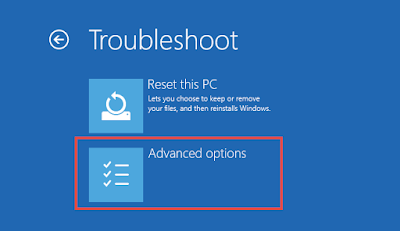
- Then Select the 'Start-up Settings' option.

- Choose 'Enable Safe Mode option' then click on Restart.

- Finally select 'Safe Mode With Networking'.

Method 2 : Deleting Dead ransomware From Control Panel
Uninstall Dead ransomware From Windows XP
- From the start menu, click on 'control panel'.
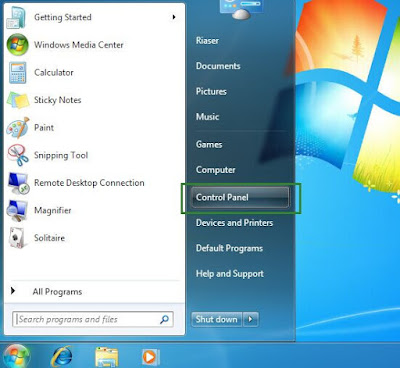
- Then go to Add or Remove programs option.
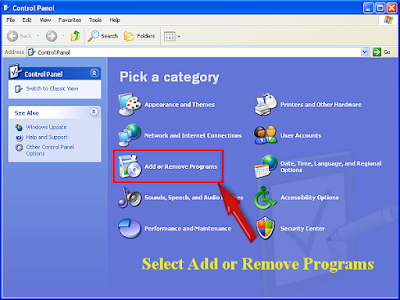
- Find out and Uninstall Dead ransomware related program from OS.
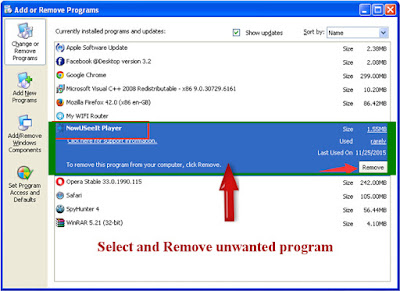
Uninstall Dead ransomware From Windows 7
- First of all, press the 'Windows' button.

- Then select Control Panel from start menu.
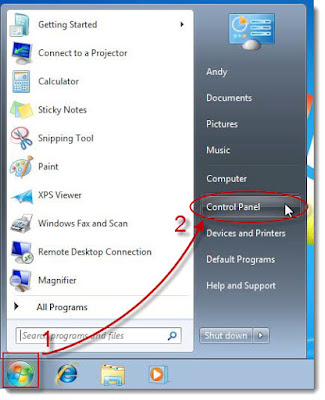
- From the program menu, select remove a programs option.
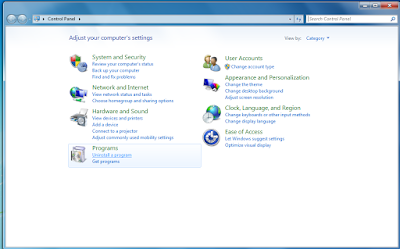
- Then select Dead ransomware related program and remove them.
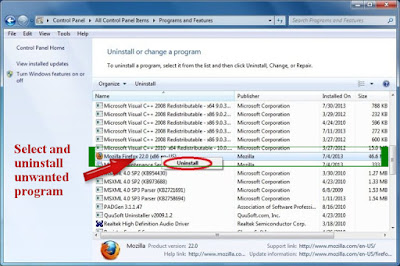
Uninstall Dead ransomware From Windows 8
- Open the Run Box by pressing Win+R key together.

- In the Run box type 'control panel' and press Enter.

- Then Click on the uninstall a program option.

- Right-click on Dead ransomware related, click on remove option.

Uninstall Dead ransomware From Windows 10
- From the start menu select the Settings option.

- Then you have to select system option.
- Then click on the Apps and Features option.

- Search for Dead ransomware related program and Uninstall them.

Method 3 : Deleting Dead ransomware From Registry Editor
- You have to press Win + R keys together to open Run window.
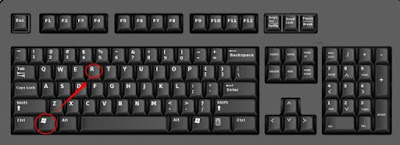
- After that type 'regedit' in the box and click on OK.
- Find out Dead ransomware related registry and Uninstall them.
HKEY_LOCAL_MACHINESYSTEMCurrentControlSetServicesWpm
HKEY_CURRENT_USERSoftwareMicrosoftInternet ExplorerMain 'Default_Page_URL'
HKEY_LOCAL_Machine\Software\Classes\Dead ransomware
HKEY_CURRENT_USER\Software\Microsoft\Windows\CurrentVersion\Run '.exe'
HKCU\Software\Microsoft\Windows\CurrentVersion\Internet Settings\random
HKEY_LOCAL_MACHINE\SOFTWARE\Microsoft\Windows\CurrentVersion\run\random
HKEY_CURRENT_USER\Software\Microsoft\Windows\CurrentVersion\Internet Settings 'CertificateRevocation' = ’0



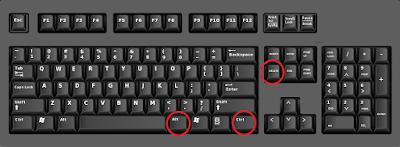
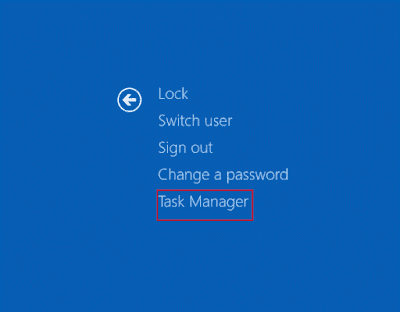
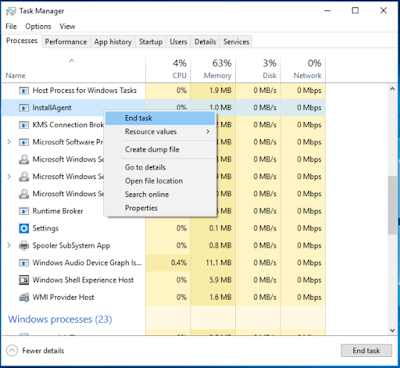
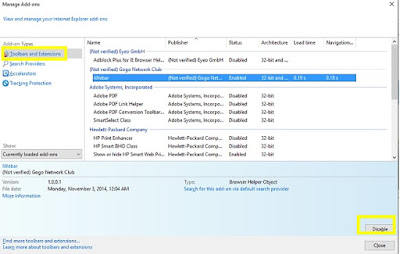

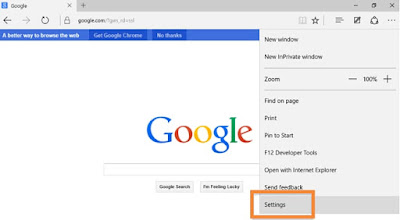
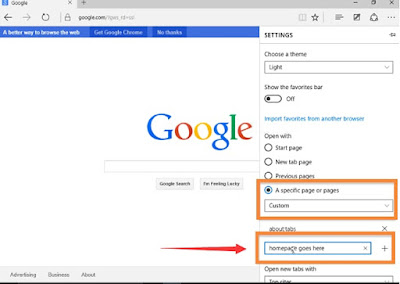
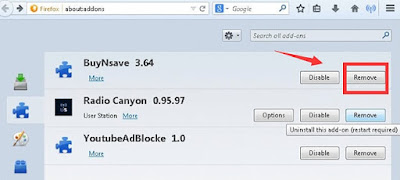
No comments:
Post a Comment